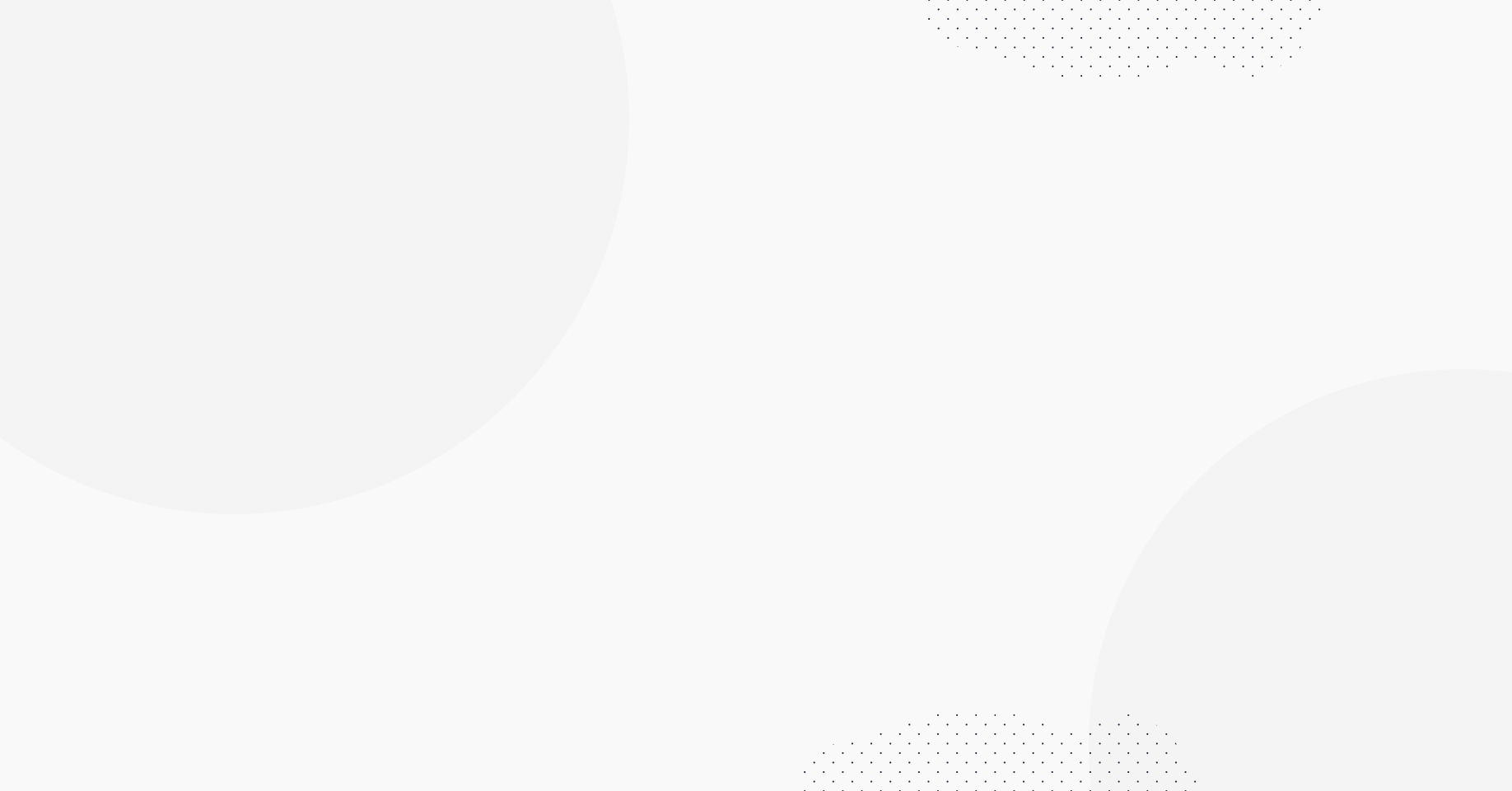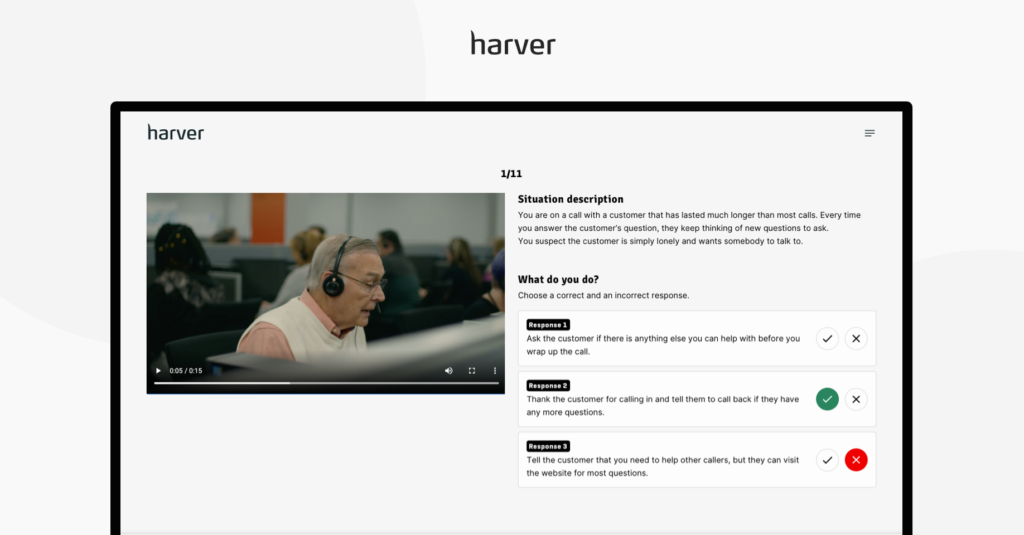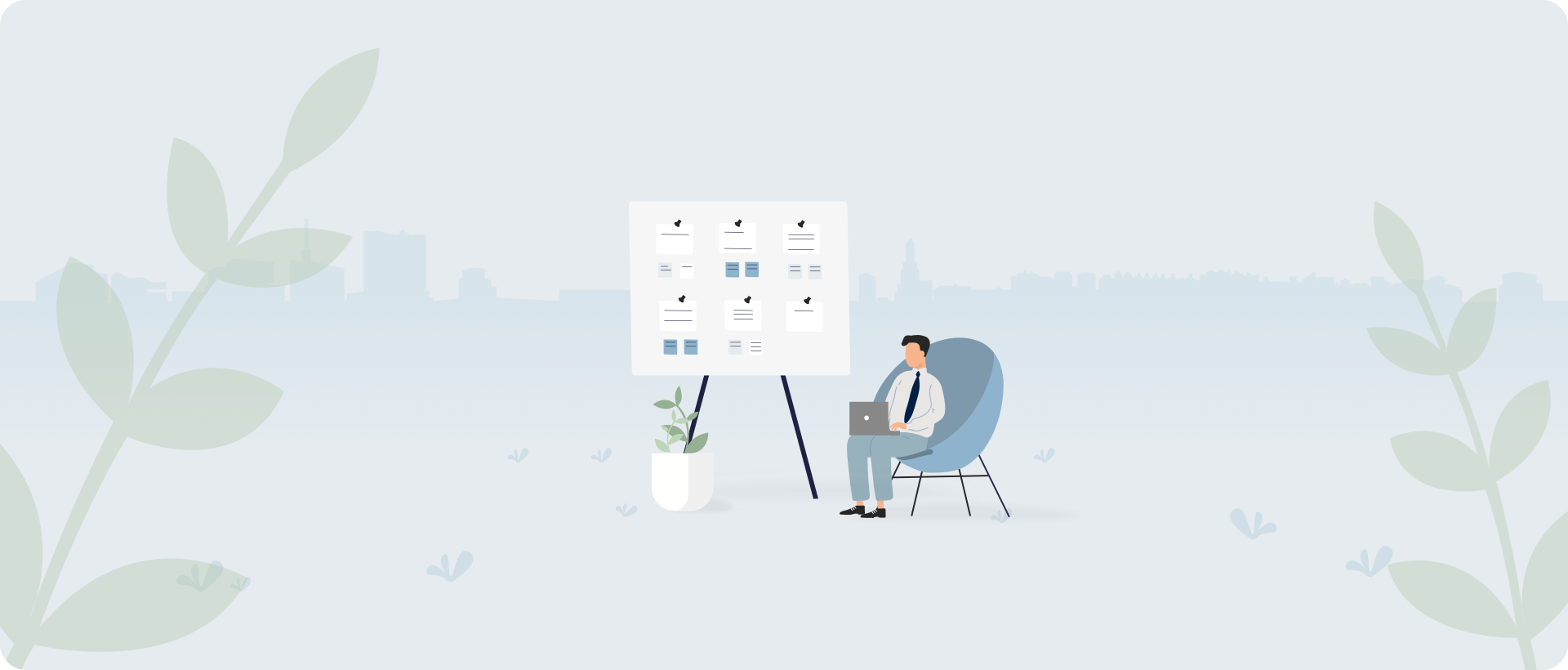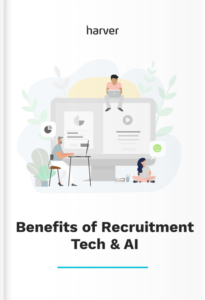Whether you’re hiring one employee or 50,000, you want to be sure you’re placing the right individual in your open position. But when you’re getting hundreds of thousands of applicants for those roles, it can seem nearly impossible to find the right people for your team.
Luckily, recruitment has moved past manual CV screening and mass phone interviews. With technology, you’re able to make more intelligent candidate selection in a shorter time.
Technology has changed the way you attract, vet, and get to know potential candidates, helping to make sure you’re connecting the right talent with the right positions at the right time – no matter how many positions you have to fill.
Let’s take a look at how you can use technology to make your high-volume recruitment process as smooth as possible.
What’s in?
What is high-volume recruiting?
High volume recruiting is a process that involves hiring a high number of employees in a short amount of time.
In general, high volume recruiting is needed when a company grows exponentially, during the holidays, or when opening a new location or office.
There is no exact number that constitutes “high volume”. Instead, volume hiring or mass hiring is characterized by any number larger than normal. For some companies, this may be in the dozens, while others could be in the ten-thousands.
We’ll dive into the challenges of volume recruitment in the next section.
The challenges of high volume recruiting
Hiring in mass can feel daunting. When you’re trying to fill hundreds of positions at once, the typical challenges you face during recruiting are magnified.
In order to ensure you’re selecting the right candidates and efficiently bringing them through the recruitment process, you need to be properly prepared. That means understanding exactly how high volume recruitment is different from a traditional hiring process, as well as the unique challenges you’ll face.
Here are just a few of the challenges a high volume recruitment process can stir up.

1. Time constraints
On average, just one job posting can bring in up to 250 applicants. Now, imagine if you’re trying to hire for one hundred – or even one thousand – open positions.
No matter how large your HR department is, you won’t be able to efficiently sift through those applications, unless you increase your recruiting team headcount.
Additionally, phone screening all the qualified candidates who apply will just take up too much time. Add in in-person interviews, trial projects, or additional screenings, and it could be months before you finally have all your positions filled.
When hiring a large number of employees, your traditional recruitment process just doesn’t work.

52%
of talent acquisition leaders say the most difficult part of their job is screening the right candidates from a large applicant pool.
Source: Ideal
2. Scaling up the recruitment team
Anytime a company is in a scaling phase, the entire team feels a bit more pressure. This is especially true for company recruiters. The pressure is on the recruiters to find the right individuals to help the company grow.
Typically, this means getting to know each individual to see how they might fit with the expectations, qualifications, and growth of the open position.
Unfortunately, if your recruitment team is small, it’s just not possible for them to get to personally know thousands and thousands of potential candidates on that same level.
3. Keeping the cost per hire low
Screening, vetting, and interviewing potential candidates not only takes time – it also takes money. When you’re hiring in mass, that expense grows exponentially.
The cost to hire an employee comprises more than just the salary you’re going to offer. You also need to think about the cost of posting on various job boards, reviewing applicants, and screening different candidates.
Those same costs still exist when you’re hiring hundreds or thousands of employees – they’re just much, much higher.
Like what you see?
Don’t miss out. Subscribe to our quarterly digest to get the latest TA and TM resources delivered right to your inbox.
4. Staying organized
When you’re hiring just one individual, it’s easier to understand where you are in the recruitment process. With just a few candidates to connect with, you may not need an advanced system to remember who is coming in for an interview and when.
But imagine trying to mentally keep track of thousands of candidates’ resumes, communication, and interview times.
When you’re working with this many potential hires, it’s easy for something to get lost – and it could mean missing out on a perfect fit for one of your open positions.
5. Offering a great candidate experience
The recruitment process is a two-way street. While a candidate might initially be interested in working for your business, they may lose interest if they don’t enjoy the hiring experience.
The candidate experience typically involves clear communication throughout the hiring process, as well as a unique and personalized approach to each interview or meeting. Essentially, a candidate’s experience during the hiring process can make them feel welcome and excited about working for the company.
However, when you have mass numbers of candidates to try to thrill, it’s just another item on your recruiter’s plate. Unfortunately, a candidate’s experience can be so poor that not only will an applicant no longer want to work with you, but if they’re a customer, they may reconsider purchasing from you in the future.
High volume recruiting challenges appear at every stage of the recruitment funnel. If you’re not properly prepared, this means you could miss out on the best candidates – a mistake that could cost you as much as $240,000.

95%
of unsuccessful candidates are more likely to apply again if their experience is positive.
Source: KellyServices
Overcoming volume hiring challenges with technology
If you’re starting to feel overwhelmed by the thought of a high volume recruitment process, don’t fret. Technology can help you make it a more manageable task.
Different tools, apps, and tech-based processes can come in at any step of the recruitment funnel – helping to pick up the slack where you need it most.
Most probably, you are already using an Applicant Tracking System (ATS), which is a crucial component of staying on top of your high volume recruitment process.
Not only can an ATS keep all a candidate’s paperwork and documents in one place, but it also allows you to easily see which applicants are the best matches for your open position.
However, there are more advanced ways how you can use tech to make your high volume recruiting as efficient as possible. Here are a few.
1. Start with sourcing
Attracting the right candidates is an important step in creating a successful recruitment process. When hiring just one individual, that means weeding through dozens or even hundreds of applicants to find the one you think fits best.
Unfortunately, this same approach doesn’t work with mass recruitment. When hiring in high volumes, you need more than just one great applicant – you need hundreds.
Technology can help you source great candidates, so you’re working with a better pool of applicants from the start.
There are a variety of ways you can use technology to attract high-quality applicants and convince them to apply. Here are some of the most beneficial.
Programmatic advertising
Programmatic advertising is a recruitment marketing tactic that is growing in popularity. Through partaking in the bid-based marketplace, you’re able to advertise your job openings in a more cost-efficient manner.
Unlike traditional online advertising, programmatic advertising uses predetermined rules and data to make (buying) decisions. This means you’re able to show your job ads at the right time to the right people, without needing to worry about outdated information appearing in front of your candidates.
Chatbots
Chatbots are growing rather quickly in the customer service and client communication world, and there is no reason those same systems shouldn’t translate into recruiting.
The AI within chatbots is so advanced conversations feel natural. This means a chatbot can easily take over some of the vetting and screening of new applicants and candidates.
For example, it can find out the availability of the applicant or if they have the right work permit. Recruiters can then use the chatbot’s data to find the best candidates to move forward – without needing to dedicate time of their own.
How AI & recruitment technology is changing recruiting experience
Find out how tech has helped other companies grow by enhancing both the recruiters’ and candidates’ experience!
2. Optimize your job page for conversions
Take another look at your job page. Does it accurately represent what you’re looking for? Is it inclusive and easily scannable? Will it appear in Google search results?
Search engine optimization and keyword usage aren’t only for the marketing department. They should also be considered when creating job descriptions and career pages.
Furthermore, your job description needs to go beyond just educating the public about your open position. It needs to make qualified candidates want to apply. To do so, you need to include optimized, dynamic content such as videos, maps, or even comments and chats.
AI tools such as TapRecruit Smart Editor can help make your job descriptions inclusive, more interesting, appealing, and optimized for search. When the right people can find your listing and are compelled to apply, you’ll have better candidates throughout the entire recruitment process.
3. Selecting the right candidates
When it comes time to make a hiring decision, it’s easy to feel overwhelmed. When you have thousands of applicants and qualified candidates to choose from, it can be complicated to truly see who is the right hire.
There are also a number of complications you may run into when selecting employees, such as biases or prejudices. Depending on the individual making the choices, you may not end up with the right people in your open positions.
An end-to-end recruitment solution built for volume hiring, such as Harver, can take the biases out of selecting the right employees, enabling you to hire faster and better, while offering candidates an engaging experience.
Our platform uses a two-way matching framework that allows you to assess candidates and determine their skills and characteristics, while giving them a realistic job preview to help manage expectations.
Here’s how the two-way matching framework works, in big lines: the Harver platform provides a series of pre-employment assessments that are scientifically validated and designed to assess specific characteristics.
These tests are used in the job application flows to determine a candidate’s profile and make it easy for recruiters to see what types of roles that candidate would be a good fit for. You can see an example of candidate profile below.

This two-way matching framework moves away from vacancy-based candidate assessment and promotes a skills-driven approach to applicant selection. The advantage of this method is that is enables recruiters to hire candidates with transferable skills and to make decisions in a data-driven, non-biased manner.
Here’s for example how this matching framework is applied to contact center roles.

In vacancy-driven recruitment, candidates are assessed for specific roles, such as chat support for example, and if they don’t fit the profile or don’t pass the assessment, they’re rejected.
With the two-way matching framework, candidates go through a series of pre-employment tests that measure various skills and characteristics, and output matching scores for different call types.
The other aspect that’s specific to the two-way matching framework – and why it’s called a “two-way” framework – is that is allows candidates to self-select out of the application process if their expectations aren’t met.
Here’s how this works. During the application process, candidates are shown a series of company videos that help them understand the culture and work environment, and go through situational judgment tests, which enable them to experience realistic work scenarios.

Candidates get a clear idea of what the job entails, and can decide if they want to stop the application process before it reaches the interview phase. These realistic job previews are effective in reducing attrition and helping recruiters select candidates who are likely to be top performers.
Stop guessing,
Start data-driven hiring.
Learn how you implement a modern candidate selection process, that is: streamlined, experience-driven and backed by data.

4. Hiring the team members
Hiring hundreds or even thousands of employees at once means you’ll have a lot of paperwork coming your way. These documents are incredibly important to ensuring the onboarding process is as smooth as possible.
A document automation system, e.g. Xerox Workflow Automation Solution can assist your recruitment team in sending out forms, collecting responses, and keeping them organized for you. This means you don’t need to worry about losing track of sensitive employee content.
5. Onboarding your new hires
The recruitment process doesn’t end when candidates accept their job offers. You also need to guarantee your new team members are getting the information, training, and attention they need to be successful in their new position.
Typically, when hiring in mass, you can’t implement the same onboarding strategies you might use when bringing in just one new employee. Thankfully, technology can make it easier to get everyone the information and care they need to make onboarding a breeze.
Onboarding software such as BambooHR can create a cohesive and detailed roadmap for bringing on your new hires, while still remaining cost efficient and productive. By using an onboarding app or tool, new hires can run through modules, connect with team members, and get fully trained so they’re ready to go.
The future of technology in high volume recruiting
Technology is making it easier and easier for teams, applicants, and job candidates to connect. Whether you’re hiring one new employee or you’re looking to add thousands of individuals to your staff, it’s important to have the proper recruiting software in place to make the process as easy as possible.
However, technology is always evolving. Systems change, new developments are introduced, and the way we get things done shifts. To ensure your high volume recruitment process is staying as efficient as possible, you want to be sure you’re staying on top of all the new tech.
Before you begin a high volume recruitment project, take a look at the areas you may need to support the most. By reinforcing your weak areas with innovative apps or tools, you can attract, convert, and onboard the best individuals for your current job openings.
If you’d like to see how Harver can support you in hiring better and faster at scale, you can book a demo below.
Ready to transform your hiring process?



